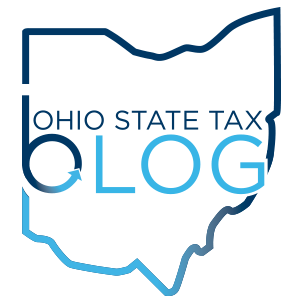Sales/Use Tax: Expanded Authority to Collect Sales/Use Tax From Remote Sellers Could Give States a Windfall While Increasing Compliance Costs for Businesses
Due to the recent passage of Tax Cuts and Jobs Act, states are actively looking for solutions to offset losses of revenue that could result from the new legislation. One solution states have supported is an expansion of states’ authority to collect sales/use tax from remote sellers.
A 1992 Supreme Court decision Quill v. North Dakota limited states’ ability to collect sales/use tax on remote sellers. Under current law, states do not have the authority to collect sales/use tax from a foreign business unless it has a sufficient nexus, or physical presence, within the state. Because this decision pre-dates the colossal increase in e-commerce, the U.S. Supreme Court has decided to review its Quill ruling in South Dakota v. Wayfair. The ruling could overturn Quill and replace the sufficient nexus requirement with an “economic presence” requirement, allowing states to require businesses to collect and remit sales/use taxes from all remote sales.
State governments and brick-and-mortar retailers contend that eliminating the nexus requirement will increase fairness between physical and online retailers. Congress has mixed feelings on the subject, but generally supports upholding the Quill ruling so that Congress can decide the issue itself and prevent state overreach. If the Supreme Court overturns Quill, states are expected to quickly pass laws that require foreign businesses to collect sales/use taxes regardless of their physical presence within the state.
GAO estimates that state and local governments could get a windfall of up to $13 Billion in 2017 if states could require the collection of sales/use taxes from all remote sellers. Ohio specifically could gain an estimated $288 to $456M. However, GAO also found that about 80% of sales/use taxes that would be collectible under expanded authority are already collectible under current law. Many internet retailers have a physical presence in most states, especially those states with large populations. According to the GAO report, states with large populations could require sellers to collect and remit up to 90% of remote use taxes under current law, and states with smaller populations could require collection of up to 70%.
If states require the collection of taxes from all remote sellers, firms will likely encounter increased compliance costs if they are inexperienced in collecting multistate taxes. Internet retailers and E-marketplaces sellers stand to be affected the most from an expansion of states’ authority to collect sales/use tax, but any firm doing business in multiple states should be aware of these changes.
If you have any questions on how you may be affected by these developments in sales/use tax, please contact us.
